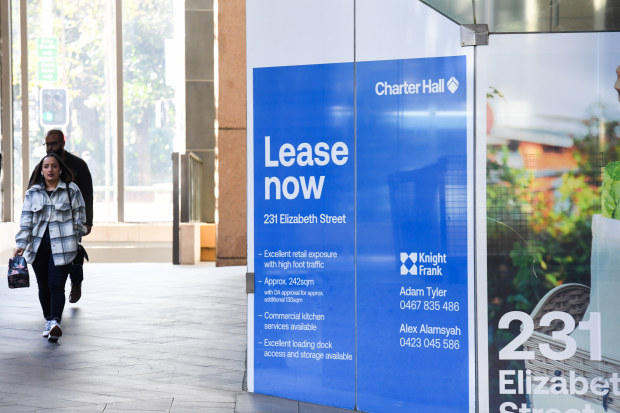Opinion

Five boxes to tick before buying commercial property
Rising cap rates mean investors need to consider whether there is underlying rental growth to support property valuations.
Sam TamblynContributorMaking a successful commercial property investment isn’t easy in an environment of rising interest rates, a slowing economy and continued uncertainty.
The years of easy money in commercial property have passed and investors need to be a lot more savvy. They need to be better informed about their potential purchases and the lending environment before they make any big property decisions.

It’s hard to get an accurate read on where capitalisation rates should be in the current market. Peter Rae
Talk to the tenants
Capitalisation rates (the rental income of an investment property compared to its valuation), tenancy and outgoings schedules and capex forecasts can only tell you so much about a property.
Talking to tenants can unearth a wealth of information the numbers don’t reveal. There might be a specific reason the landlord is selling – the tenants might be struggling or planning to leave when their leases are up, putting the property’s income in doubt. Or a lot of building maintenance might be required, which the new owners could end up having to shoulder.
If the seller won’t give you access to the tenants, you’d have to ask yourself why.
Be conservative about cap rates
This sounds obvious – investors should always buy assets at the right price. But it’s easier said than done in this environment with cap rates moving around. When cap rates are rising, property prices are falling – and vice versa.
In the current market, it’s hard to get an accurate read on where cap rates should be because while transactions are being reported, the cap rates vary wildly.
In the past few years they’ve been sitting at 4 per cent to 5 per cent, which was OK when interest rates were 1 per cent. But with loan interest rates somewhere between 5 per cent and 7 per cent, those cap rates don’t look sustainable.
Cap rates will rise, if they haven’t already done so.Rising cap rates mean investors need to consider whether there is underlying rental growth to support property valuations and to tread with caution before they make any decision.
Understand bank funding and expenses
Investors shouldn’t make any commercial property decisions before they have their funding secured.
Borrowers have in recent years been able to secure bottom-of-the-market rates from the big four banks, but this has changed.
Banks are much more cautious about where they lend – stepping away from some commercial property transactions and sectors altogether – or charging higher interest rates or requiring higher interest cover than previously.
Investors can’t just assume they are going to get a particular interest rate or that they will secure bank funding – particularly as rates have already risen so much and affected the serviceability of these assets.
It’s a similar story with land tax. These imposts account for a huge amount of a commercial property’s operational expenses and have risen substantially in the past five years, particularly in Victoria.
Know your asset class
Have detailed knowledge of the specific asset class you’re looking to enter as performance varies widely.
Different sectors have different benchmarks such as cap rates, different supply and demand drivers and differing growth and outlook profiles.
For instance, build-to-rent comes with tax incentives. In aged care, the royal commission has led to tighter regulations aimed at much-needed improvement in the quality of accommodation and care, but the new requirements can also affect investment returns.
There are also location-specific factors. Is there a new train station or a freeway being built nearby or some other form of infrastructure development that could enhance or negatively affect the property?
Have a plan
Buying a commercial property and sitting back to see what happens has been a successful strategy (or non-strategy) for investors for several years, but it doesn’t pay to punt on blue sky in this market.
Have a clear idea of why you’re buying a particular property. Is it for rent? Is it for capital growth and an exit in three to five years? Is it a development or value-add opportunity? Then assess how realistic this ambition is.
Assumptions about rental yields and terminal cap rates (the price at which you hope to sell an asset) need to be carefully scrutinised to see how realistic they are.
Introducing your Newsfeed
Follow the topics, people and companies that matter to you.
Find out moreRead More
Latest In Personal finance
Fetching latest articles